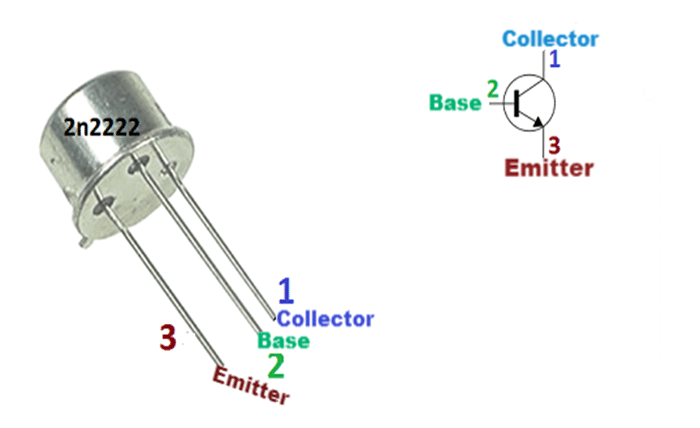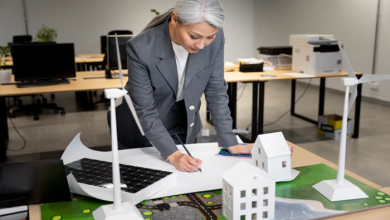
When working with electronic components, it’s essential to understand the pinout of each device. The pinout refers to the layout and function of each pin or leg of a component. In this article, we’ll explore the pinouts of two commonly used components in analog electronics and circuit design: the TL072 operational amplifier and the 2N2222 NPN transistor.
The TL072 is a popular dual operational amplifier (op-amp) used in audio circuits, signal conditioning, and filtering. Understanding the pinout is crucial for correct integration into your circuits.
TL072 Pinout:
The TL072 is an 8-pin device. Here’s a breakdown of each pin’s function:
- Pin 1: Offset Null (Offset Voltage Adjustment)
Used to null the offset voltage. This pin is typically connected to a potentiometer for fine adjustment to balance the op-amp’s internal offset.
- Pin 2: Inverting Input (-)
The inverting input of the op-amp. When a signal is applied here, it gets inverted at the output.
- Pin 3: Non-Inverting Input (+)
The non-inverting input of the op-amp. The signal applied here is not inverted at the output.
- Pin 4: V- (Negative Power Supply)
This is the negative power supply input (typically -15V).
- Pin 5: Offset Null (Offset Voltage Adjustment)
Similar to Pin 1, this is also used for offset voltage adjustment. It is typically connected to a potentiometer to help reduce any offset errors.
- Pin 6: Output (Vout)
The output of the op-amp. The amplified signal is available here, and it can either be in-phase or inverted, depending on the configuration.
- Pin 7: V+ (Positive Power Supply)
This is the positive power supply input (typically +15V).
- Pin 8: NC (No Connection)
This pin is not internally connected to the circuit, so you can leave it unconnected in your design.
TL072 Typical Application: The TL072 is commonly used in audio amplifiers, active filters, and signal conditioning circuits due to its low noise and high input impedance.
The 2N2222 is a widely used NPN transistor, commonly found in switching and amplification applications. It’s essential to know how to connect the pins for correct operation in your circuit.
2N2222 Pinout:
The 2N2222 is a 3-pin device. Here’s a breakdown of each pin’s function:
- Pin 1: Collector (C)
This is the pin where the current flows out of the transistor in a switching configuration. It is usually connected to a load, such as a motor or LED, or to the positive power rail.
- Pin 2: Base (B)
The base is the control pin. By applying a small current here, you control the larger current flowing from the collector to the emitter. This pin is used to switch the transistor on or off.
- Pin 3: Emitter (E)
The emitter is where the current flows into the transistor in a switching configuration. It is often connected to ground or the negative power rail.
2N2222 Typical Application: The 2N2222 is used in many applications like switching circuits, amplifiers, and as a driver for loads like LEDs or relays.
Conclusion
Understanding the pinouts of components like the TL072 op-amp and 2N2222 NPN transistor is critical for ensuring proper circuit design and operation. The TL072 is an excellent choice for precision analog circuits, while the 2N2222 excels in switching applications. By correctly identifying the function of each pin, you can avoid mistakes and create more reliable circuits.




